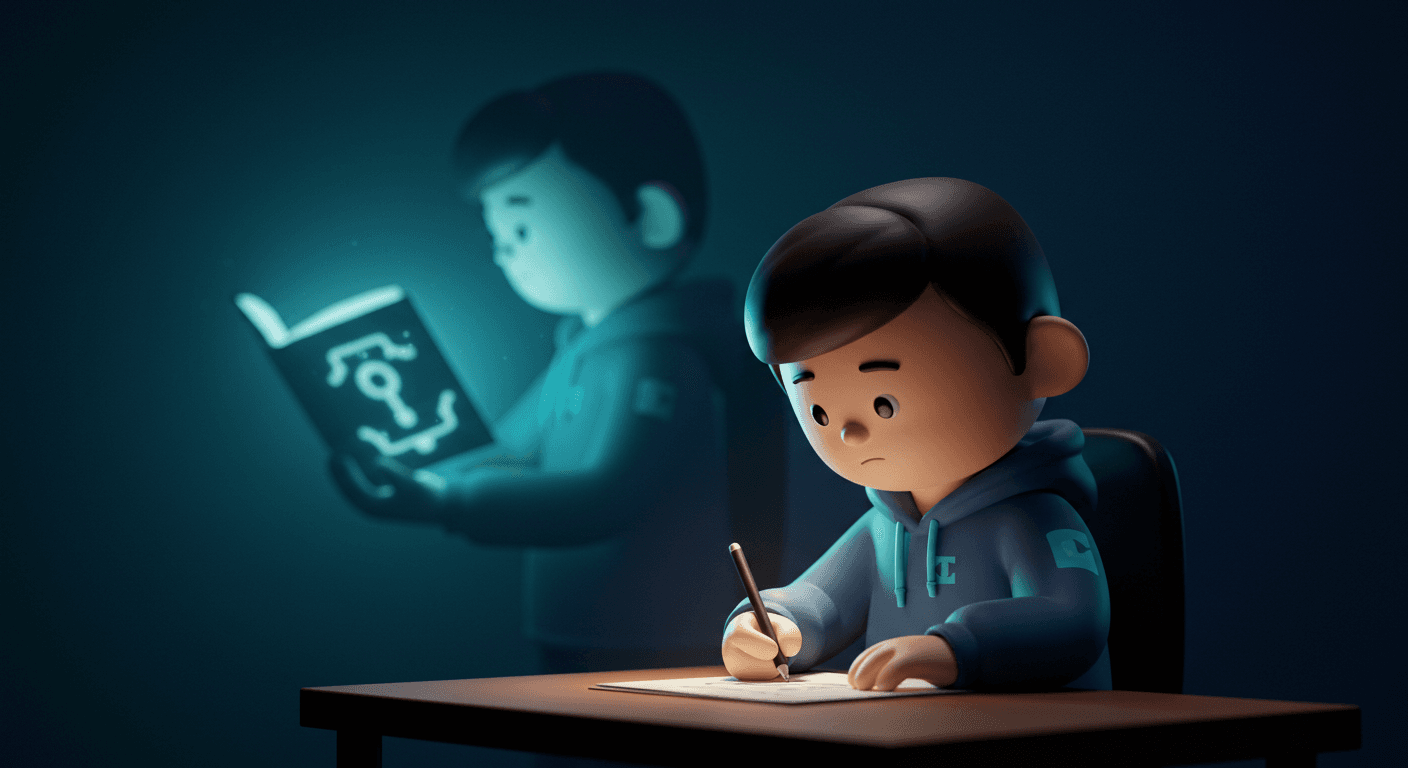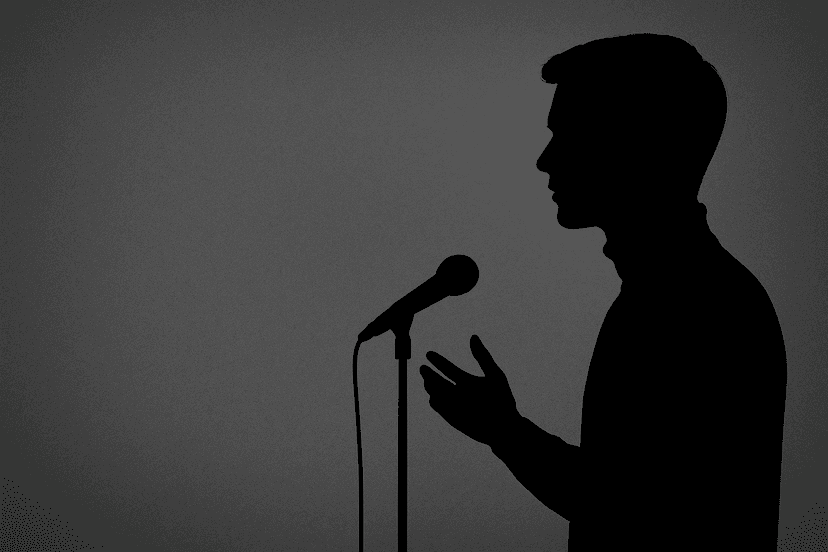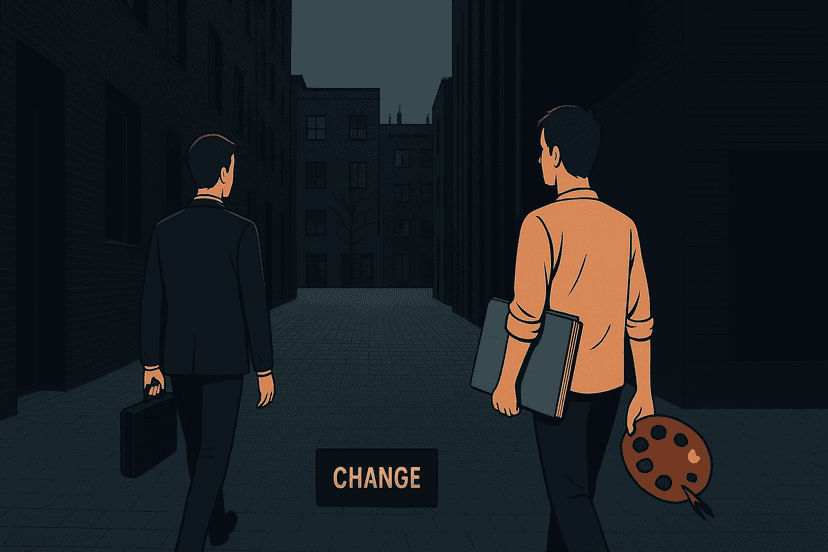How to Learn From People Without Copying Them
9/22/2025
Dolapo Makanjuola
Learn how to learn from people without copying them with simple, practical steps. From embracing influence and building your creative family tree to practicing with patience and finding your own voice in your work, this guide helps you to grow in originality and confidence while staying true to yourself.

How to Learn From People Without Copying Them
- 1.Accept That Nothing Is Truly Original
- 2.Copy the Idea, Not the Style
- 3.Build Your Creative Family Tree
- 4.Practice Through Safe Imitation
- 5.Check if It Still Sounds Like You
- 6.Always Give Credit Where It’s Due
- 7.Use Limits as a Creative Boost
- 8.Create and Iterate
- 9.Real-Life Example: The School Assignment
- 10.Conclusion
We live in a world where inspiration is everywhere books, podcasts, social media, music, even the people around us. knowledge is everywhere, but many people struggle with the question: how do I learn from others without making it look like I’m copying them or questioning my originality? Some people think that learning from others automatically equals copying them, and that makes them afraid to even try. The truth is, influence is not the same as imitation.
Austin Kleon, in his popular book Steal Like an Artist, explains that creativity is about embracing influence and reshaping it into something uniquely your own. In other words, originality doesn’t mean you invent something out of thin air it means you take ideas in, transform them, and let them reflect your own work contributions and experiences. It’s natural to admire someone and feel inspired by their ideas or style. But admiration shouldn’t become imitation.
The goal is not to become a copy of them rather, to learn from them in a way that helps you grow and express your own voice. As Austin Kleon says on creativity: “You are, in fact, a mashup of what you choose to let into your life” which means creativity is built by borrowing from others and remixing it into something uniquely yours . This perspective helps us realize that learning from others is also a powerful step in personal growth and creative development, not something to get worked up about.
Accept That Nothing Is Truly Original
One of the biggest misconceptions about creativity is the idea of complete originality that some people just wake up and invent things no one has ever thought of before. But in reality, nothing exists in a vacuum per say. Every innovation, whether in art, science, or daily life, is built on what came before it. Languages, inventions, music, and even cultural traditions evolve because they borrow, adapt, and improve on past ideas. Creativity doesn’t happen in isolation. Every artist, writer, or thinker builds on ideas that came before. Jim Jarmusch puts it bluntly: Nothing is original. Steal from anywhere that fuels your imagination.
Accepting this truth helps reduce the pressure to be “the first” at all costs. Instead of chasing impossible originality, you can embrace influence and see it as part of your growth. TedEd quoted a peculiar phrase “When you recognize that every creator has been shaped by someone else, you allow yourself the freedom to learn without fear of being “unoriginal.” This mindset makes you more open, more curious, and less burdened by the impossible weight of complete newness.
Copy the Idea, Not the Style
When people admire a role model, they often fall into the trap of imitating surface-level details: how they dress, how they speak, or how they write. But true learning happens when you look deeper. Instead of copying someone’s outer style, focus on the thought process behind what they do. Ask yourself: Why do they make these choices? What principles guide their actions?
This shift helps you absorb wisdom at the root level, not just at the surface. By studying the reasoning, structure, or method behind someone’s success, you build transferable skills that you can adapt into your own context. Learning this way ensures that you grow in substance, not just in appearance. But Kleon urges us: “You don’t want to look like your heroes you want to see like your heroes.”
Here's a tip from Kleon: Don't just steal the style, steal the thinking behind the style*
If you admire a successful teacher, don’t mimic their phrasing of influence or outfit. instead you observe them, how they break down complex topics or stories of themselves into stories that students can understand and relate into and remember. Then craft your own method of explaining difficult concepts and phrases using examples from your life.
Build Your Creative Family Tree
Limiting your inspiration to one person creates a narrow path that may eventually lead to unoriginality. To avoid this, expand your sources by exploring who your role models themselves looked up to and what you can unravel from your uniqueness . This process creates what Kleon calls a “creative family tree.” Don't limit your inspiration to just one person trace who inspired them. That builds a creative family tree that broadens your perspective and fuel your originality.
Tracing this tree deepens your understanding of a field and exposes you to a variety of perspectives. The further back you go, the more variety you uncover, and the more material you have to shape your own identity. With a wide foundation, your influences will naturally blend together in new ways, making your expression more authentic.*
Practice Through Safe Imitation
Imitation, when used responsibly, is not harmful it’s actually part of the learning process. Artists copy sketches of masters, musicians play covers of famous songs, and writers rewrite passages to understand sentence structure. These practices are not meant to create final products, but to train skills. Its a starting ground for creating your own.
Safe imitation is about using other people’s work as a personal rehearsal ground. It helps you understand techniques more deeply, while giving you a safe environment to practice before stepping into your own style. The key, however, is to remember that practice work stays as practice it should never be passed off as your own.
An example lets assume is in an art class, students sometimes copy Picasso just to learn his brush strokes. Later while developing their skills via his methods and learning through different classes they could use the technique to paint
Check if It Still Sounds Like You
Learning from others should always come with a checkpoint: Reflect through Does this still feel like me? If the answer is no, then you’re not learning anymore you’re copying. It’s easy to unconsciously take on someone’s voice, phrasing, or mannerisms when you admire them. But if you pause and reflect, you can adjust what you’ve learned so it aligns with your natural personality and work achievement.
This reflection ensures that influence becomes a tool, not a disguise. Your voice, your rhythm, and your uniqueness in your work should remain present even as you adopt new lessons. Over time, you’ll realize that the most powerful way to learn is not to become someone else but to refine your own identity through their example.
Let’s say for example you are a huge fan of a particular writer or a famous blogger and then you get heavy on quoting or using their languages, and imitating how they talk and present themselves, their influences from them, but it doesn’t match how you speak, instead you rewrite it aloud, especially when it feels awkward and and it doesn’t sound like you. You want it to sound like your voice, not theirs.
Always Give Credit Where It’s Due
Learning from others becomes unethical when you hide it. Giving credit is both respectful and professional. Whether it’s a teacher, a book, a mentor, or a public figure, acknowledging your source doesn’t make you less creative it makes you trustworthy. People respect those who honor their influences instead of pretending everything was self-invented. Learning is not stealing but copying without acknowledgment is. Whether it’s quoting a book, referencing a mentor, or borrowing an idea, giving credit doesn’t make you look less creative. It shows humility and honesty
Credit also helps you build credibility with your audience. Giving credit is a way of citing your source. Readers, listeners, or viewers are more likely to trust your work when they see that you’ve engaged with others’ ideas thoughtfully and transparently. It shows humility and honesty two qualities that are as valuable in personal growth as originality itself. This is where the discussion of using references to original works
Use Limits as a Creative Boost
Many people think they need more freedom, more tools, or more time to be original. But often, it’s limitations that spark the best ideas. When you can’t rely on endless resources, you’re forced to stretch your imagination. Ironically, limits fuel originality. If you only have five minutes to present or just a phone to create content, you’ll be forced to innovate. Constraints sharpen creativity instead of killing it
Why do Limits make you creative?
Limits make you creative because they push you to think in ways you normally wouldn’t. When you don’t have unlimited choices or resources, you’re forced to look at things from a new angle, combine ideas differently, and come up with solutions you might not have considered if everything was available. In other words, restrictions spark fresh and innovative thinking.
How do Limits make you creative?
They help as push you to think differently, find shortcuts, and highlight what matters most. Instead of avoiding restrictions, embrace them as challenges that push your originality further.
Create and Iterate
The most important step in learning without copying is to eventually stop studying and start doing. Influence and practice have their place, but they only become valuable when you create something of your own. Even if your first attempt feels clumsy, it’s the act of producing that reveals your true voice. At some point, you must stop absorbing ideas and start producing work. Kleon's advice on turning ideas into action says “Don’t just steal do it.” Creativity isn’t an idea it’s action
Iteration making, reviewing, and improving turns influence into originality. Each time you create, you mix what you’ve learned with who you are, and little by little, your work begins to carry your unique signature. Waiting until you feel “completely ready” only delays progress. This is where learning from others without copying finally becomes real.
Real-Life Example: The School Assignment
Imagine being asked to write a story for class. You love Chimamanda Adichie’s style her vivid characters and cultural themes. Instead of copying her exact style, you create a new story about life in your own neighborhood while weaving in humor you naturally use. You’ve learned from her, but your voice and your words and work is still unique.
This is how you “steal like an artist” without losing authenticity ofcourse.
Conclusion
Learning from others without copying is about respect, reflection, and transformation. You don’t have to reinvent the whole thing, but you also don’t have to ride someone else of their work completely. The path to originality lies in embracing influence, understanding it deeply, reshaping it to fit your own style and work, and giving proper credit along the way. Learning from people without copying is about balance. You embrace influence but avoid imitation. You borrow ideas but give them your twist. You acknowledge mentors but trust your own words. That’s what “stealing like an artist” gave a glance at… not theft, but transformation.
So if you’re searching for personal growth tips or wondering how to learn from others without copying, remember this: don’t aim to be a shadow of your role model. Aim to be a version of yourself enriched by their light.


